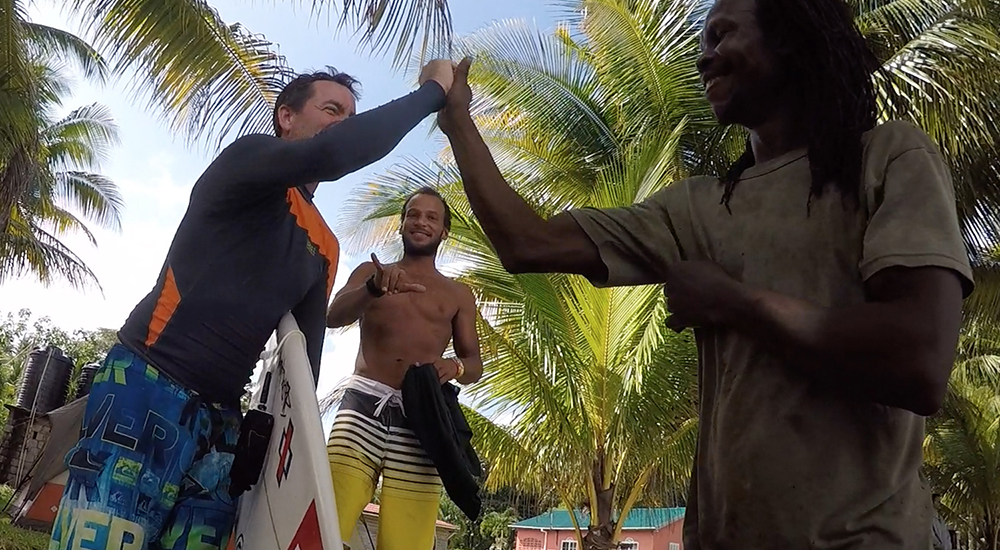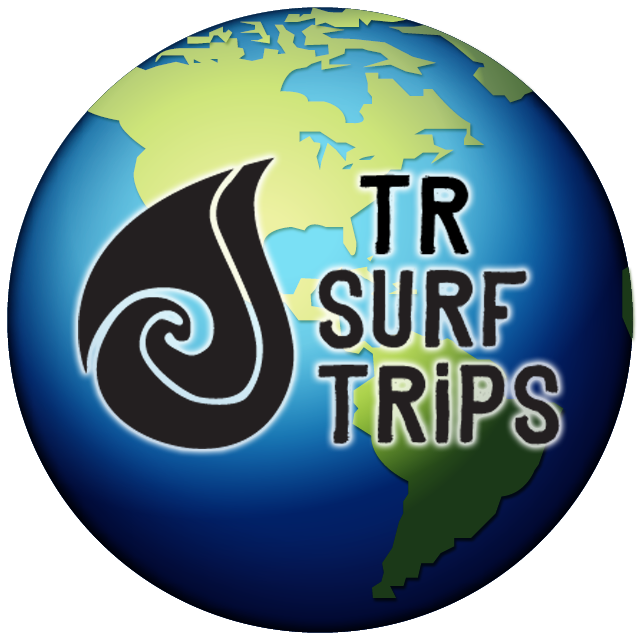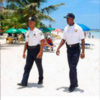
by Bulgarian Mermaid @bulgarianmermaid January 6, 2020

From my first solo travel by plane at the age of 3 to being dragged to the Sahara Desert of Africa by car by my crazy parents and thru the Gobi Desert of Mongolia on the TransSiberian Railway all before the age of 10, I can honestly say I started budget traveling young 🙂 With the last 15 years of adulthood spent studying, living, working and blogging around the world and the last 3 years as a location independent digital nomad in Europe, USA, Central America and Africa, I may know a thing or two about traveling by land, air and sea. And while Solo Female Travel Guide was mostly about road tripping, this blog is focused on air travel to exotic destinations, the diseases you may pick up there and the travel challenges you will definitely meet on the way 🙂

1st and foremost – Insurance
What insurance you should get depends on where you are going, what you are doing and what your existing health, car & home insurance policies already cover. Are you staying within “home continent” – North America / Europe or are you traveling overseas? Is travel insurance included in your health insurance? Some US companies do include it for international travel. Does your credit card cover rental car insurance abroad? Does your home insurance cover items lost or stolen during travel? Are you traveling for extended periods of time or are you planning on engaging in extreme sports? Most people don’t know their health / car insurance or credit card benefits. Don’t be like most people 🙂
My overall recommendation for insurance for digital nomads and travel bloggers alike would be SafetyWing as their policies are affordable and pretty comprehensive. Even if you are covered by US/European health insurance and traveling within “home continent” where you don’t need to worry about additional health coverage, you should consider purchasing travel insurance at least for the days of travel and see if that policy includes rental car insurance and covers deposit deductible.
Extreme sports – if I plan to practice extreme sports abroad or engage in any activities where I may get hurt (ATVing, snowboarding off piste, heli skiing, mountaineering) I buy enhanced insurance for that trip that covers extreme sports, any medical bills, theft or loss of gear. I’ve found the Premium Policy of World Nomads to be the best and easiest to use in terms of submitting claims and getting reimbursed. It is pricey but it works!
2. One-way travel (by air, land, or sea)
While you can fly one way within Europe and the US no questions asked, a lot of countries in Southeast Asia and Latin America require exit travel plans and proof of onward travel before they stamp your 30/60/90 day entry visa no matter if you are crossing the border by land, air, or sea. Since I never know when I am coming back and I don’t want to be bound by a return ticket with a 100EUR change fee, I “organize” an exit with Onward Ticket. Onward Ticket is a legit plane ticket that costs 15EUR and is valid for ONLY 24hrs. Your reservation is valid for 24hrs and can be confirmed in the system but you don’t actually have a seat on the plane so don’t try to fly with it. Strange I know, but totally legit, tried and tested and super useful when needed!

3. Short check-in
What is a “short check-in”? A short check-in is traveling to middle destination ONLY on a connecting flight. Why do it? Because sometimes the connecting ticket is WAY cheaper than the direct flight to middle destination. (Weird, I know, but airlines…) How to do it? Preferably with carry-on luggage ONLY. Check-in online for both flights, don’t say a word to anyone at airport, don’t ask stupid questions and just don’t board your second flight. No one will care (as long as you don’t do it with same airline every week!!!).
How to get compensated for sudden and undesired “change of plans” due to a massively delayed or cancelled flight? Shit…unfortunately happens 😦 Instead of freaking out at the airport and creating unnecessary drama, know your options and follow these steps:
- Submit an online claim with airline FIRST (you may get compensated but I doubt it)
- Submit a claim with your travel insurance
- Submit a claim with AirHelp
- Do it in this order and do it quick (in 3 consecutive days for example) so you can honestly say to all “agents” that you haven’t been compensated by the “previous”
- If the first two options don’t work, you will for sure get compensated by AirHelp but it will take TIME, be ready to wait, sometimes 3-6 months. And don’t worry, you won’t have to do a thing after you submit all the initial paperwork, just wait!
Do all that within a week at most of the delay / cancellation!

5. Luggage
I prefer traveling with a carry-on ONLY, however it is not always possible for long periods of time, cooler destinations or winter travel when transporting skis / snowboards. Then my luggage pieces of choice are either a 45L backpack or 1 medium suitcase NOT tightly packed. Some low cost airlines have a weight limit of 20kg (instead of the traditional 23kg or even better 30kg) so pack light even when checking luggage.
Luggage choices – these are my ALL TIME FAVS, tried and tested!
Osprey Kyte 46 – for backpacking trips (don’t overstuff the top for carry-on)
Osprey Porter 46 – for regular trips (both qualify as carry-on)
High Sierra Volusia 22 – if you need a wheeled/roller carry-on version
and small backpack – either day pack or laptop backpack.
Ski / snowboard bag choices – two options depending on your budget:
My current choice is a Douchebag Ski Bag roller and I can’t recommend it high enough! If you are looking for a more budget friendly version go for the High Sierra Snowboard Sleeve and Boot Bag pictured below. It served me well for 3 busy winters 🙂

air travel, carry on luggage, coliving, coworker, coworking, digital nomad, pack light, packing, packing list, plane, remote office, Travel, travel essentials, traveli light, traveling
Published by Bulgarian Mermaid
I am Maria, born and raised in Bulgaria, world traveler since the age of 3, outdoors aficionado since the age of 23 (better later then never), aspiring surfer and snowboarder, former exercise and fitness junkie, mindful yoga practitioner, amateur dancer, wellness and nutrition follower, strong believer that everything is possible, loving life and riding it gently on a natural high.
Ever considered a Surf/Reggae Trip To Jamaica?






